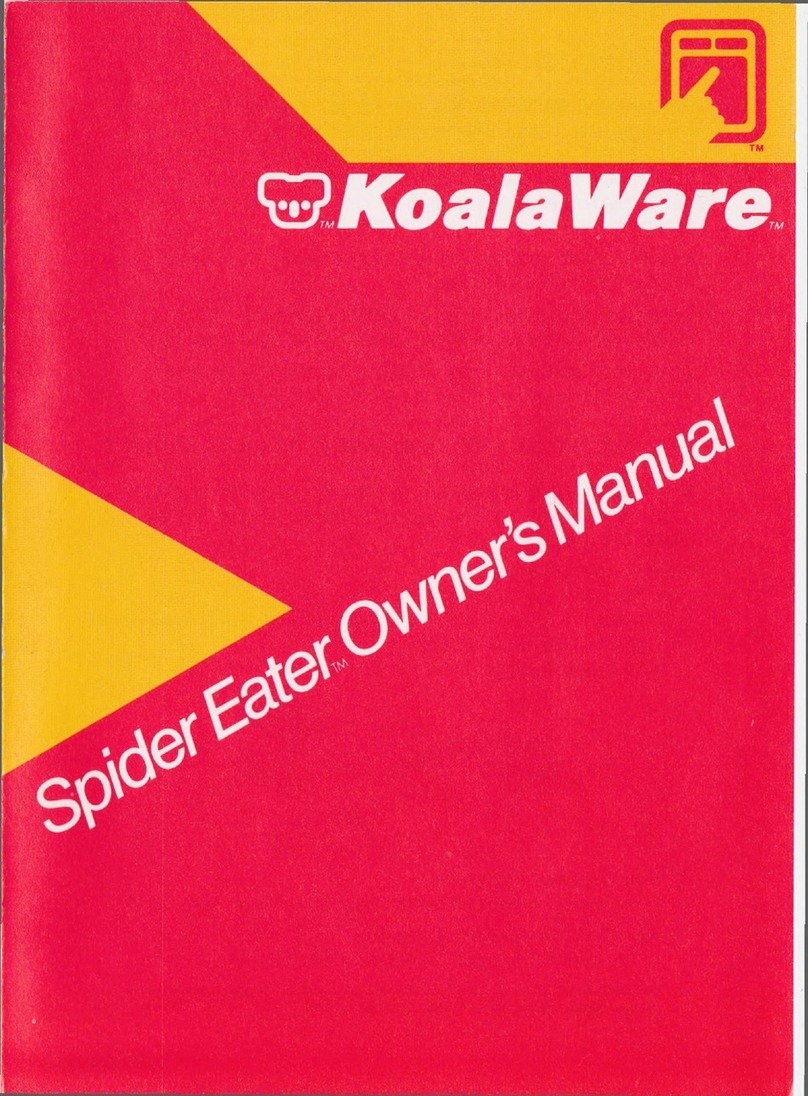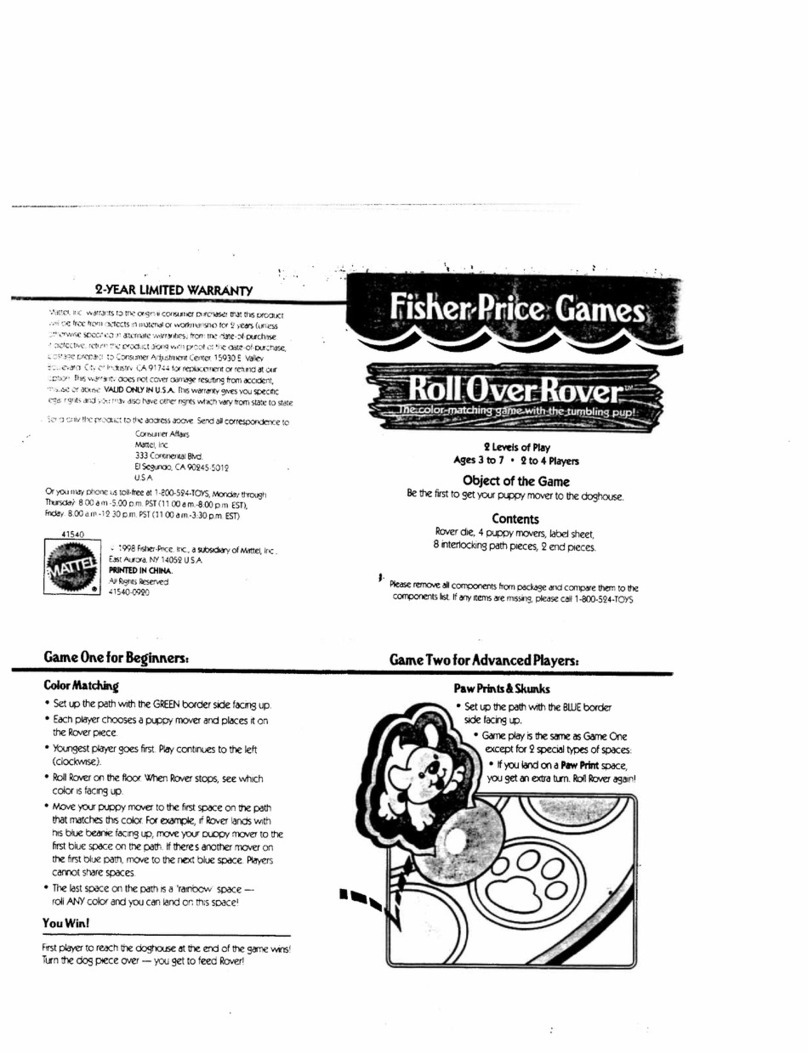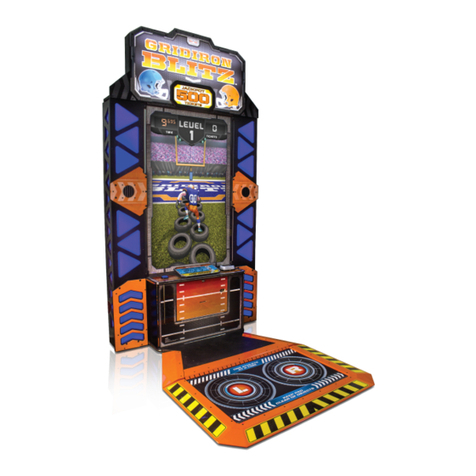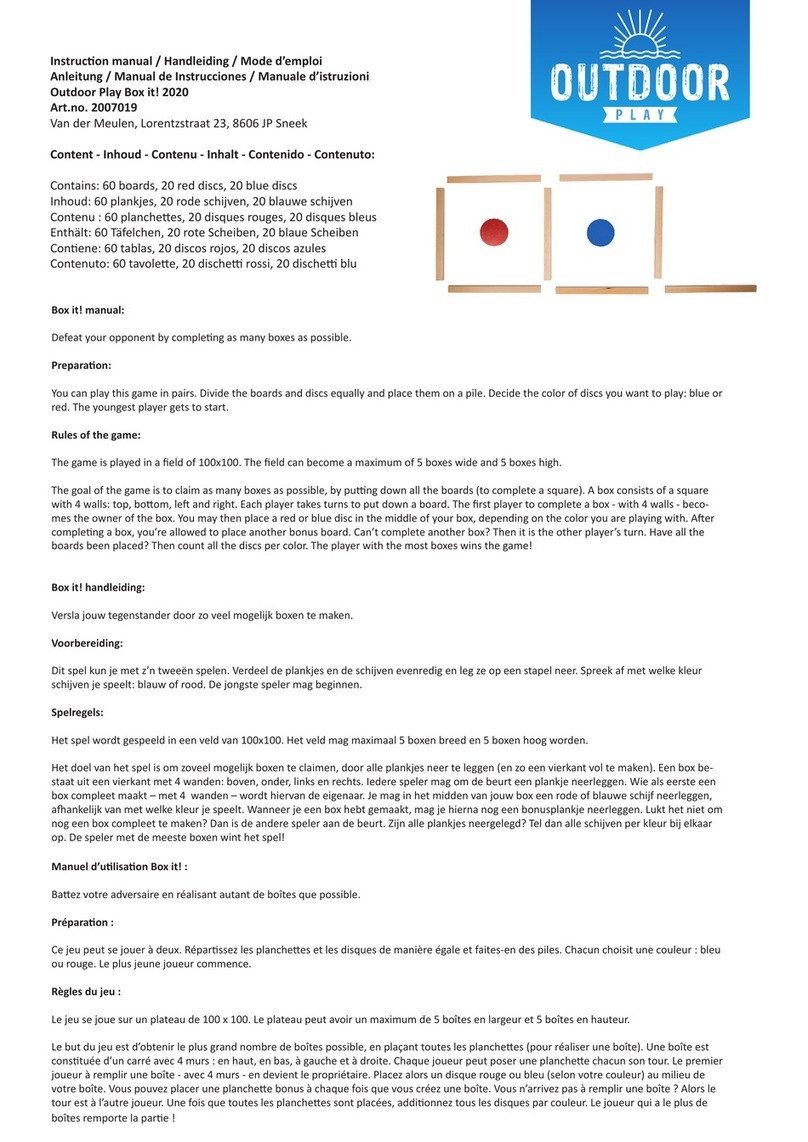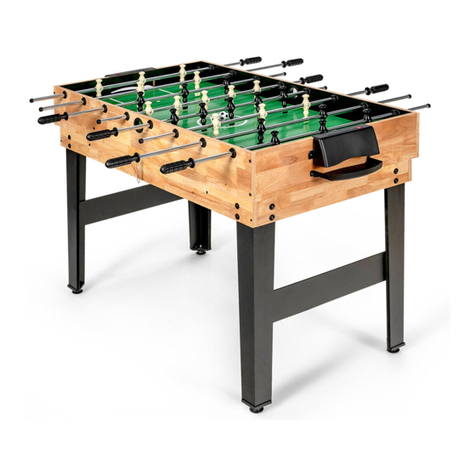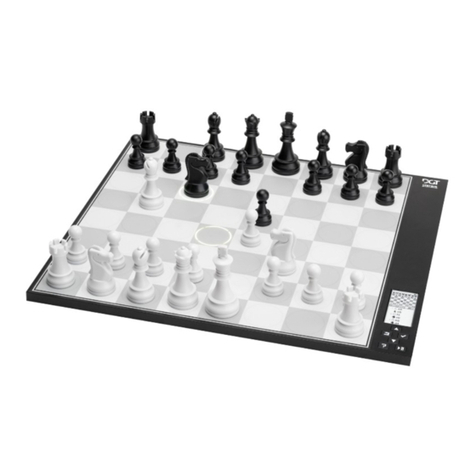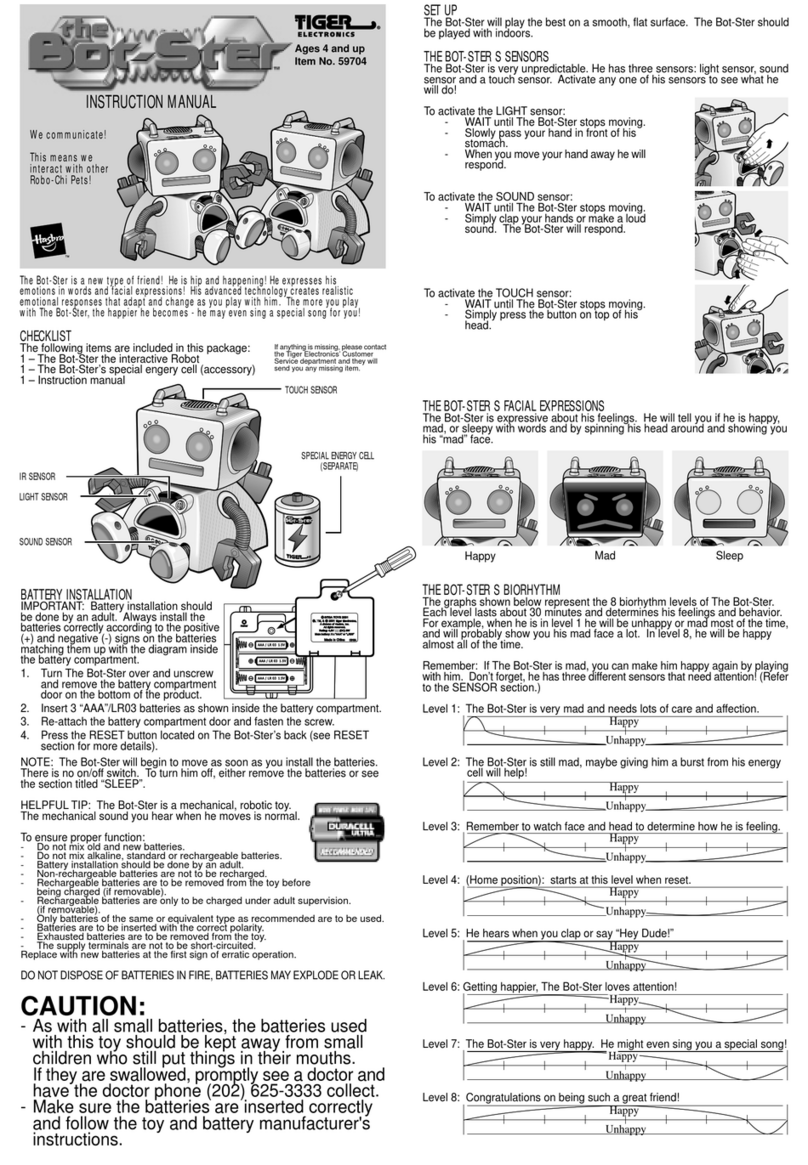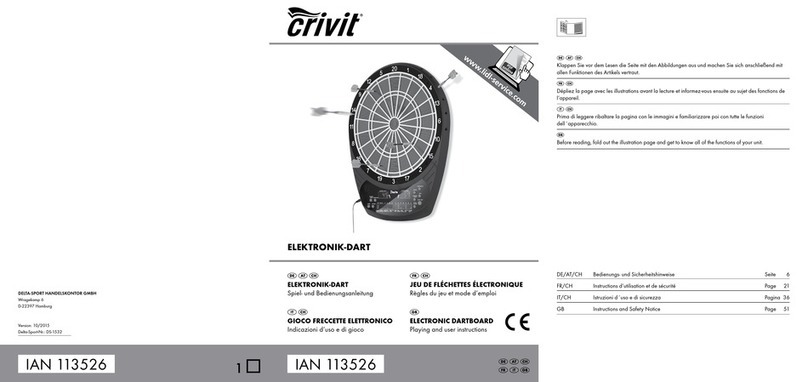
4
OPERATING THE UNIT
(Your EASY-TALK’s servo controller has already been calibrated. If you need
Make sure to power off your Easy-Talk for 10-15 minutes after
approximately 30 minutes of use to extend the life of the servos.
When the EASY-TALK is powered on, the head will automatically and randomly move on its
own. This motion is preset and becomes more active when the character is talking.
To control the mouth movement of the puppet, you will need to connect an audio source to the
audio in jack on the EASY-TALK base, using the included 1/8’ aux cable through the hole on the
right.
Any audio signal will cause the mouth servo to respond. There are two main ways to operate:
Using a pre-recorded track or using a microphone.
The mouth servo will respond to any audio signal (music OR voice) so for the best effect, make
sure the audio channel you are sending to the EASY-TALK is just the voice you want your
puppet to respond too. The other channel, going to your speaker, can have the voice (so
everyone can hear your puppet talking) as well as any background music or sound effects.
Note: It is normal for the servos to make noise/hum when the unit is operating. The body
of the puppet will help absorb the sound, as well as having your speaker volume loud for
when the character talks. You can also use background music!
PLAYING BACK PRE-RECORDED AUDIO
You can use a phone, laptop, or other media device to make your puppet talk. Simply use the
included headphone splitter (tip=left channel, ring=right channel on the splitter) and cables to
send the left audio channel to the EASY-TALK and the right channel to your sound system. The
left side should only have the voice on it, which will move the mouth. The right channel will have
the voice on it going to your PA so your audience can hear it, AND can also have any sound
effects or music on it too! (Audacity is a great free audio editing software that can be used to
record and set up routines with the Dinky voice on the left and the voice and music for the PA
on the right).
The volume level going to your EASY-TALK usually needs to be as high as possible (90-100%)
for best results on your playback device (phone, computer, soundboard, etc) You can always
turn down your speaker if the volume is too loud to listen to.

